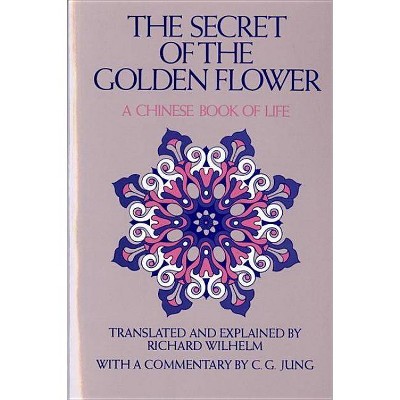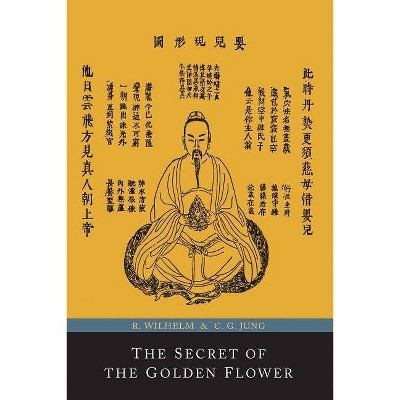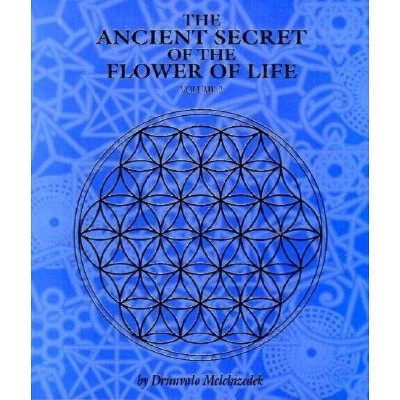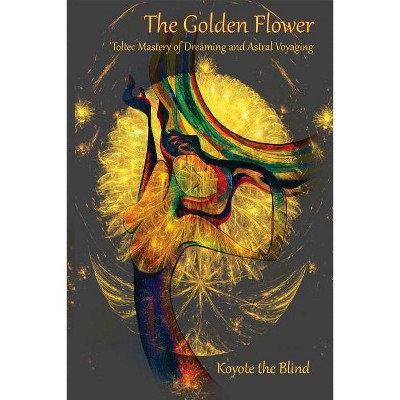The Secret of the Golden Flower - by Wang Chongyang (Paperback)
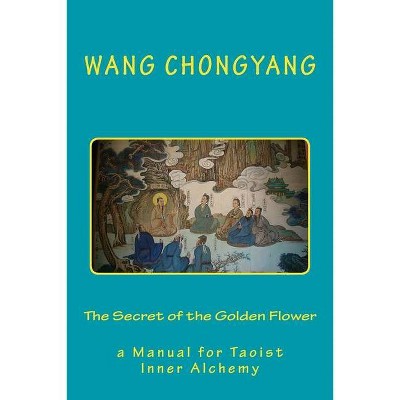
Similar Products
Products of same category from the store
AllProduct info
<p/><br></br><p><b> Book Synopsis </b></p></br></br>A Chinese classic of the "inner alchemy" of Taoism, this book was first translated by Richard Wilhelm (also translator, in the 1920s, of the Chinese philosophical classic the I Ching). Wilhelm, was German, and his translations from Chinese to German were later translated to English by Cary F. Baynes. According to Wilhelm, LuDongbin was the main originator of the material presented in the book suggests that the material is from Quanzhen School founder Wang Chongyang, a student of Lu Dongbin). More recently (in 2013) a new translation was commissioned by the Ancient Wisdom Publications.<p/><br></br><p><b> About the Author </b></p></br></br>Wang was born with his birth name as "Zhongfu" in a wealthy family in 1113. He was educated in Chinese classics and martial arts. Wang intended to start a rebellion against the Jurchen-led Jin Dynasty, which ruled northern China then. According to tradition, in the summer of 1159 when he was 48, he met two Taoist immortals in a tavern, Zhongli Quan and Lü Dongbin. They trained him in secret forms of Taoism. He changed his name to "Zhe" and adopted the Taoist name "Chongyang". In 1160, Wang met one of the immortals again and was provided with a set of written instructions called "Ganshui Xianyuan Lu". Those written instructions included the names of two men who would later become his disciples (Ma Yu and Tan Chuduan). Wang built a tomb for himself near Mount Zhongnan and called it "Tomb of the Living Dead". He lived in it for three years. At the end of the three years, Wang filled the tomb with earth and built a hut on top of it and called it "Complete Perfection Hut". He spent the next four years in the hut studying Taoism and imparting his knowledge to others. During that time, he met Tan Chuduan, who became his disciple after he cured Tan from illness. Qiu Chuji and Tan traveled around the local towns and villages with Wang and founded five Taoist congregations. Wang's teachings were referred to the "Teachings of the Complete Perfection" (after the hut) and his branch of Taoism became known as the Quanzhen School. In 1167, Wang burnt down the hut and travelled east to Shandong, where he met Ma Yu and Ma's wife, Sun Bu'er. They became his disciples as well. He accepted a total of seven disciples who later became known as "Seven Masters of Quanzhen" or "Seven Elders of Quanzhen". They are also called the "Seven Immortals" or "Seven Perfected Beings".
Price History
Price Archive shows prices from various stores, lets you see history and find the cheapest. There is no actual sale on the website. For all support, inquiry and suggestion messagescommunication@pricearchive.us


